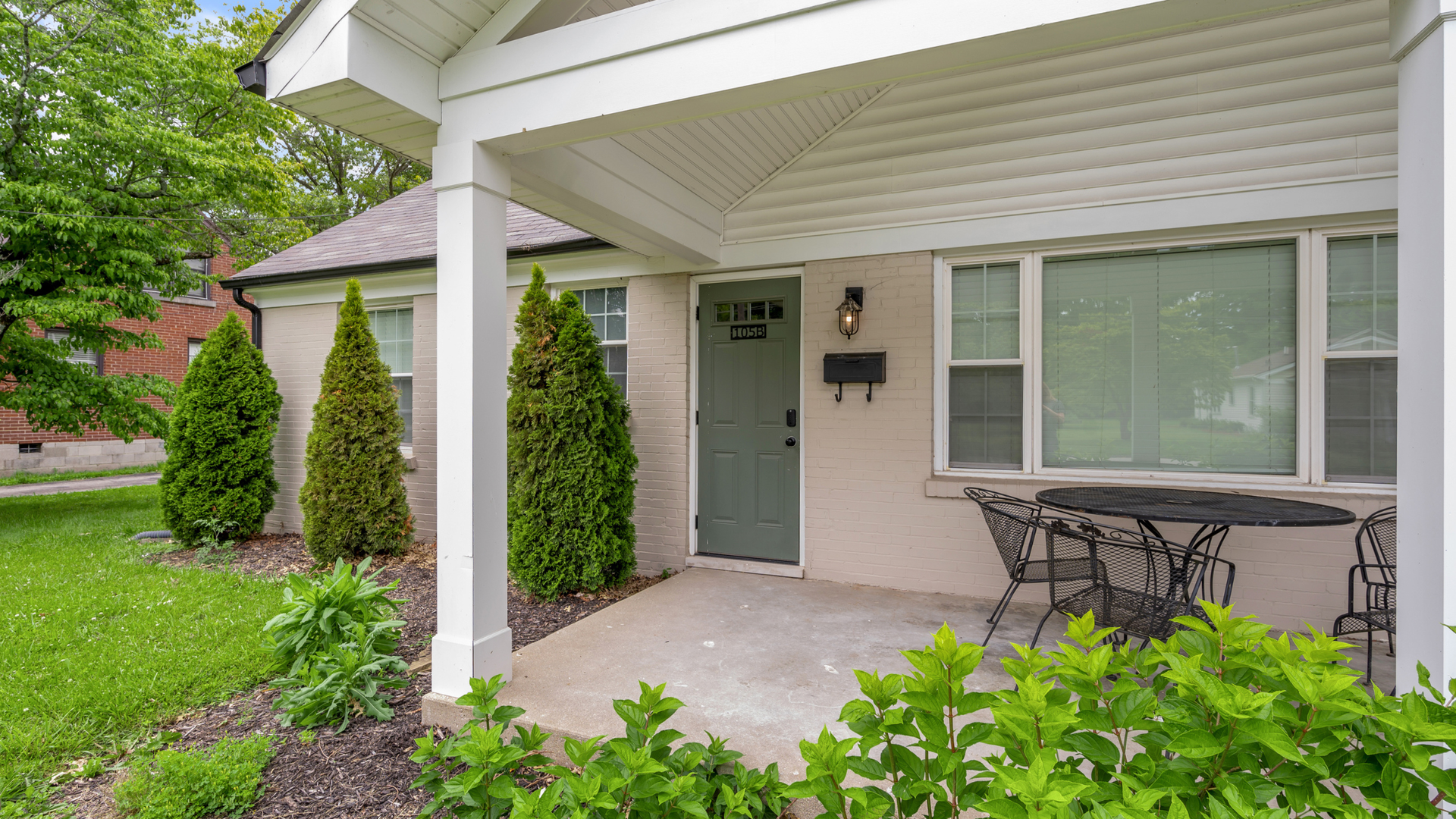Stipend Mismanagement: A Time Bomb for Your Budget
Disclaimer: Hard Hat Housing does not provide legal, financial, or tax advice. This article is for informational purposes only. Always consult qualified advisors regarding IRS accountable plans, per diem rates, and wage and hour compliance.
If your crews travel, your stipend or per diem policy might be the quietest line item doing the loudest damage. Under-calculated allowances push people into long commutes, cramped rooms, or unreliable month-to-month rentals. Morale dips, punch lists grow, overtime creeps, and the whole schedule gets brittle. This piece unpacks why under-calculated per diem backfires in U.S. construction and how to stabilize costs with policy fixes and smarter temporary housing construction strategies.
The market moved. Your stipend didn’t
Across 2024 and 2025, lodging and rent behaved differently by city and season, yet many contractors left stipends flat. Federal benchmarks show the drift.
For FY2025, GSA lifted the standard M&IE rate to $68 and kept hundreds of non‑standard areas above the baseline, a sign that food and incidentals moved up in many markets. Lodging standards rose to $110 for most of CONUS in 2025, then GSA announced FY2026 rates would hold at 2025 levels, which does not mean local markets stopped moving. If your stipend never revisits these thresholds, it will lag reality.
Real-world nightly costs did not stand still.
STR/CoStar data shows U.S. hotel ADR hovered in the $150–$160s through 2024 into 2025 with modest year-over-year increases in many weeks and months, while other weeks spiked with events and seasonal demand. That volatility can swamp a static housing allowance if you are relying on hotels or short stays while crews hunt for apartments.
Rent pressure has been uneven too. National asking rents ticked up again in mid‑2025 after cooling in 2024, with sources like Redfin and Apartments.com reporting year‑over‑year increases in several metros. In some project hubs, rents jumped faster than the national average, which is exactly where stipends tend to come up short. If your allowance assumes “average” rent while your project is in a hot submarket, your crews eat the difference or commute farther.
The compliance trap: when “per diem” becomes wages
Per diem is not magic money. It is a reimbursement method, and
the IRS and DOL care how you set it up. If your plan is not “accountable”—business connection, adequate accounting, and returning any excess within a reasonable period—payments are taxable to employees and can inflate your payroll costs once gross-up and employer taxes are factored in. Publication 463 lays out the rules plainly and is updated regularly.
Rates matter, timing matters, and documentation matters.
The IRS updates special per diem rates annually each October 1. For travel beginning October 1, 2024, the high‑low per diem increased to $319 for high‑cost areas and $225 elsewhere, with M&IE at $86 and $74 respectively. If your daily stipend is far below realistic costs and you do not substantiate expenses, it is less like reimbursement and more like compensation, which can change how it must be treated for taxes and overtime calculations.
The DOL has also reminded employers that certain “per diem” or expense payments do belong in the regular rate when calculating overtime. The Wage and Hour Division’s November 8, 2024 opinion letter (FLSA2024‑01) underscores that only bona fide reimbursements—reasonable approximations of actual expenses with proper records—are excludable. Excess or untethered payments can count as wages for OT, a surprise that shows up later as back pay, penalties, or settlements.
Put bluntly, a misaligned stipend can be a tax and wage compliance risk. That does not mean you should pay more without a plan. It means you should choose the right tool for the job: an accountable per diem for short, mobile assignments with adequate documentation, and direct placement in furnished housing for longer or fixed‑site projects so the payment matches the real expense and keeps OT math clean.
The human cost shows up on your schedule
Underfunded stipends push crews to make hard tradeoffs: long commutes from cheaper places, shared rooms, or low‑quality units with noise or safety issues. Fatigue and night work raise risk.
OSHA summarizes it crisply—injury rates are higher on evening and night shifts, and 12‑hour days are associated with a 37% increased injury risk. If housing choices reduce sleep or add daily drive time, you pay for it in errors, incidents, and productivity loss.
Safety institutions have been sounding the alarm for years.
NIOSH’s Center for Work and Fatigue Research highlights how nonstandard schedules and insufficient rest amplify hazards, and federal data points to a significant share of fatal crashes involving drowsy driving, a particularly relevant risk when crews end late shifts far from their beds. If a stipend puts people 60–90 minutes from the site, you are effectively buying more risk with every mile.
The macro labor picture makes the downside more expensive.
Associated Builders and Contractors estimated the industry needs to attract roughly 439,000 additional workers in 2025 to meet demand. When skilled labor is that scarce, avoidable turnover tied to travel misery hits twice. You lose production today and pay more to replace tomorrow. Add in AGC survey findings showing workforce shortages causing project delays for a large share of firms, and it is clear that housing policy is not a “soft” issue, it is schedule control.
Crews are vocal about this in public forums. Recent Reddit threads include workers walking away from travel assignments over $25–$50 daily allowances or stipends taxed due to poor structure, while others insist on housing placement rather than a DIY check for long assignments. These are not outliers. They are the market telling you what it takes to retain people who actually build the work.
Make stipends work for you, not against you
A stipend is a tool, not a strategy. In a year when the industry is still short hundreds of thousands of workers, anything that makes travel feel like a burden will cost you in absenteeism, turnover, and day‑to‑day drag on the schedule. Fix the policy, choose placement for longer stays, and treat housing like the productivity lever it is.
Ready to replace guesswork with guaranteed, near‑site housing that crews actually like? Contact us.













